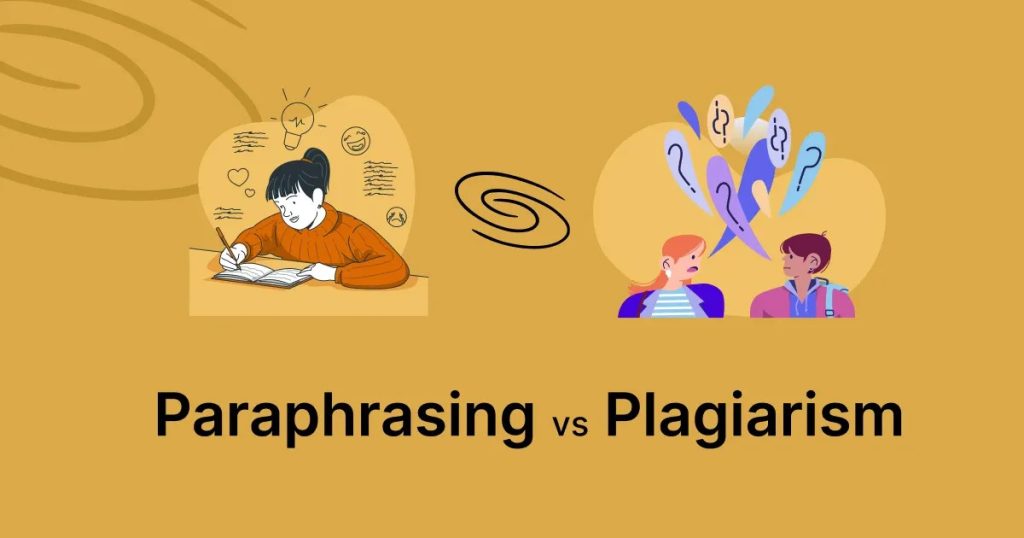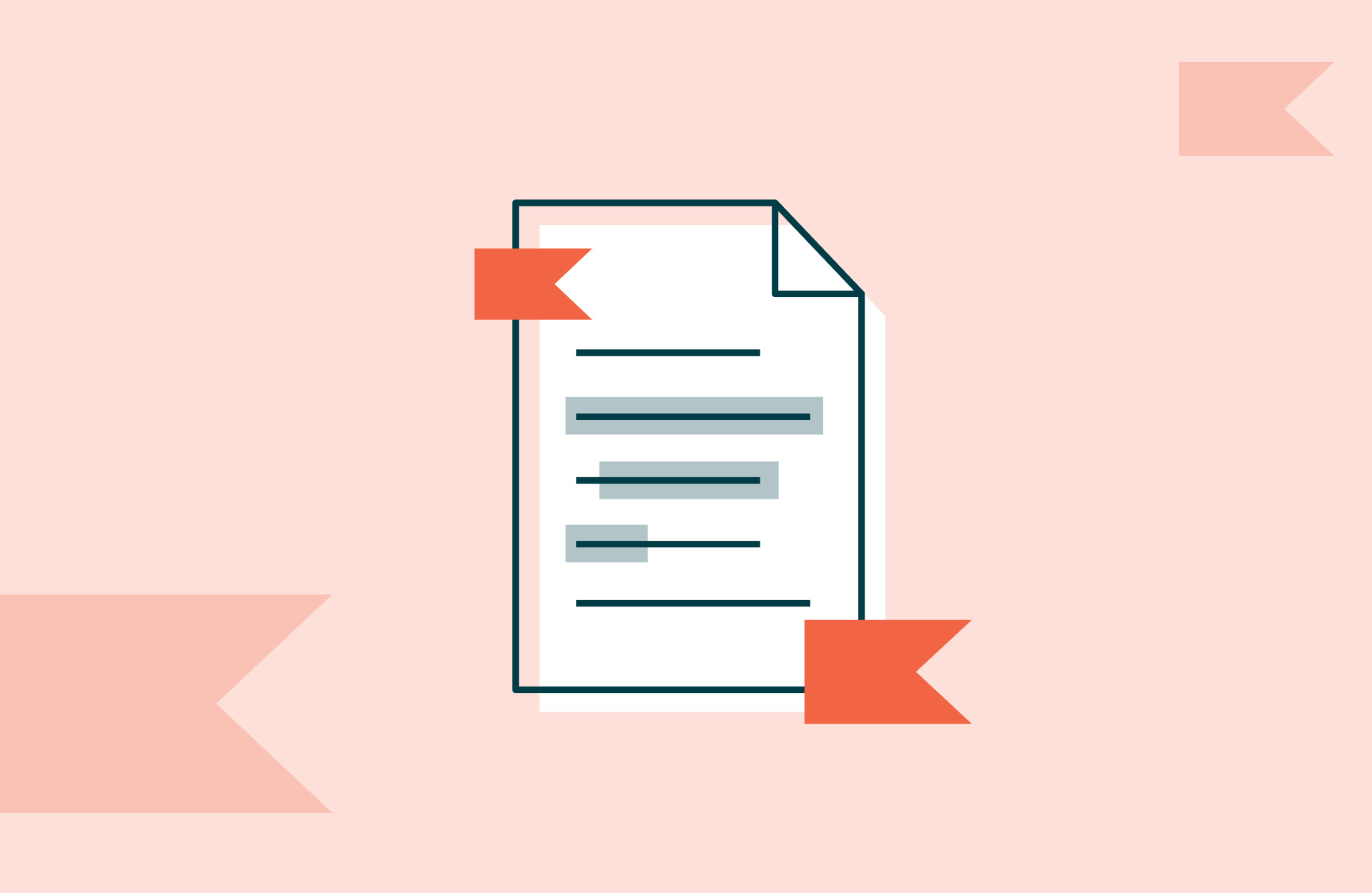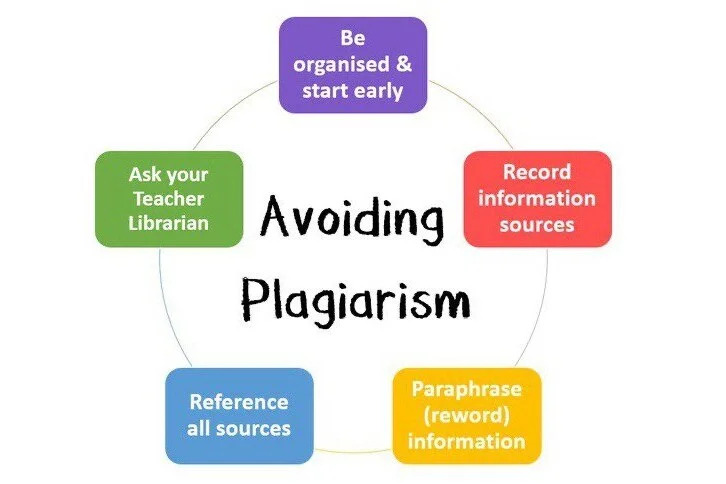Paraphrasing, a practice of restating information in one’s own words, is a valuable skill in academic and professional writing. It allows writers to incorporate external knowledge while showcasing understanding. However, the line between acceptable paraphrasing and plagiarism is often unclear. Improper paraphrasing, whether due to inadequate rephrasing or lack of citation, can lead to unintentional plagiarism, creating academic and ethical issues. This article explores when paraphrasing is acceptable, when it may constitute plagiarism, and how tools like Netus AI help writers avoid pitfalls, ensuring originality while respecting intellectual property.
Plagiarism, in essence, involves using someone else’s work—be it ideas, words, or data—without appropriate acknowledgment, presenting it as if it were one’s own. Paraphrasing, by contrast, is the practice of rewriting another person’s ideas in new words and structure, ideally to clarify or adapt information to the writer’s unique context. To keep paraphrasing ethical and avoid plagiarism, writers must adequately transform the content and attribute it to the original source.

The terms paraphrasing, rephrasing, and rewording are often used interchangeably, but each has a specific meaning that can affect how the work is perceived in academic and professional contexts.
Understanding these distinctions is essential because effective paraphrasing not only conveys originality but also adds value to writing by emphasizing clarity and unique interpretation.

With the rise of AI writing tools, paraphrasing tools like Netus AI have become popular among writers seeking assistance in creating unique content. Netus AI, for instance, allows writers to select a content tone (e.g., formal, fluent, creative) and supports multi-language rephrasing, making it versatile for different writing needs. Netus AI and similar tools offer practical solutions, but the writer must understand how to use them effectively to avoid misusing the tool and inadvertently committing plagiarism.
How to Use Paraphrasing Tools
Educational institutions place a high value on originality and intellectual integrity, especially in written work. Tools that provide real-time feedback, like Draft Coach, guide students in recognizing when they are veering into plagiarism territory. Real-time feedback highlights areas that may need citation or more substantial transformation, helping writers avoid unintentional plagiarism. This approach, combined with paraphrasing tools like Netus AI, allows writers to avoid common pitfalls and focus on crafting original, well-structured content.
Why Real-Time Feedback is Key

To ensure that paraphrasing is ethical and does not cross into plagiarism, writers should take several steps:
Paraphrasing Examples of What to Avoid and What to Aim For
Consider an example from Shakespeare’s line, “A rose by any other name would smell as sweet.”
Netus AI offers several features that make it an excellent AI Text Changer for writers who want to ensure their paraphrasing is effective and plagiarism-free. Unlike basic rephrasing tools, Netus AI’s adaptive algorithms analyze context, reword sentences in meaningful ways, and allow users to choose different content tones. This degree of customization makes it useful for students, academic researchers, and professionals alike.
Benefits of Using Netus AI
Using tools like Netus AI responsibly upholds academic integrity while empowering writers to expand their knowledge and improve their writing skills. Effective paraphrasing demonstrates not only respect for the original author but also adds value to the writer’s work, combining depth, originality, and ethical practices. Proper paraphrasing, especially in academia, is about building upon the work of others to foster innovation and critical thinking.
Through digital leadership we empower people to leverage the opportunities in global economy
@ 2024 Netus AI.